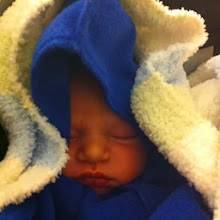
Breakfast in the village is served at 7 am each morning. According to the schedule, that is. To have any hope of receiving your fresh bread rolls - baked in the wood burning oven - and your mug of steamy African tea with milk (no refrigerator in the village, but milk is delivered fresh each morning from nearby cows owned by one of our staff), you had better arrive early. On Monday, January 12, the first day of school, kids were so excited they couldn’t sleep and arrived at breakfast at 6:30am so as to be up the hill and ready for school half an hour before classes began. To my surprise, the early breakfast pattern hasn’t wavered, and neither has the kids’ excitement for school. And their passion for learning continues long after the doors to school close and the stream of kids flows downhill towards the village.
The village is a separate entity from the school, a part of the Yemin Orde (Israeli youth village that ASYV is modeled after) philosophy of creating distinct home and school environments. While the kids are busy learning biology, chemistry, physics, math, English, French, Kinyarwanda, history, and more, the informal education staff (myself included) are busy preparing and managing life in the village.
Moments after school ends the village transforms into a bustle of energy and action! First begin the after-school activities, and kids fill the volleyball court and football field. The Art and
At five o’clock the doors to the
The busy daily schedule calls for wake up at 6 and bedtime at 10, though at least a few of these teenagers push themselves even harder. Take Angie* for example. Angie is eighteen years old and, like all the other Agahozo kids, is beginning a catch-up year before Senior 4, the equivalent to beginning American high school. She knows her cousin of the same age is preparing for university, but she hasn’t been quite as lucky. As an orphan, Angie has faced many difficulties that children with parents who can provide for them have not known. Orphans in
“I know I have a great opportunity now,” Angie told me, “and I am going to get everything I can out of it.” For Angie that means waking up at 5am and going to sleep at 11pm, while using every moment in between to learn as much as she can.
And for me, it means getting out of bed if I want to catch the early breakfast!





